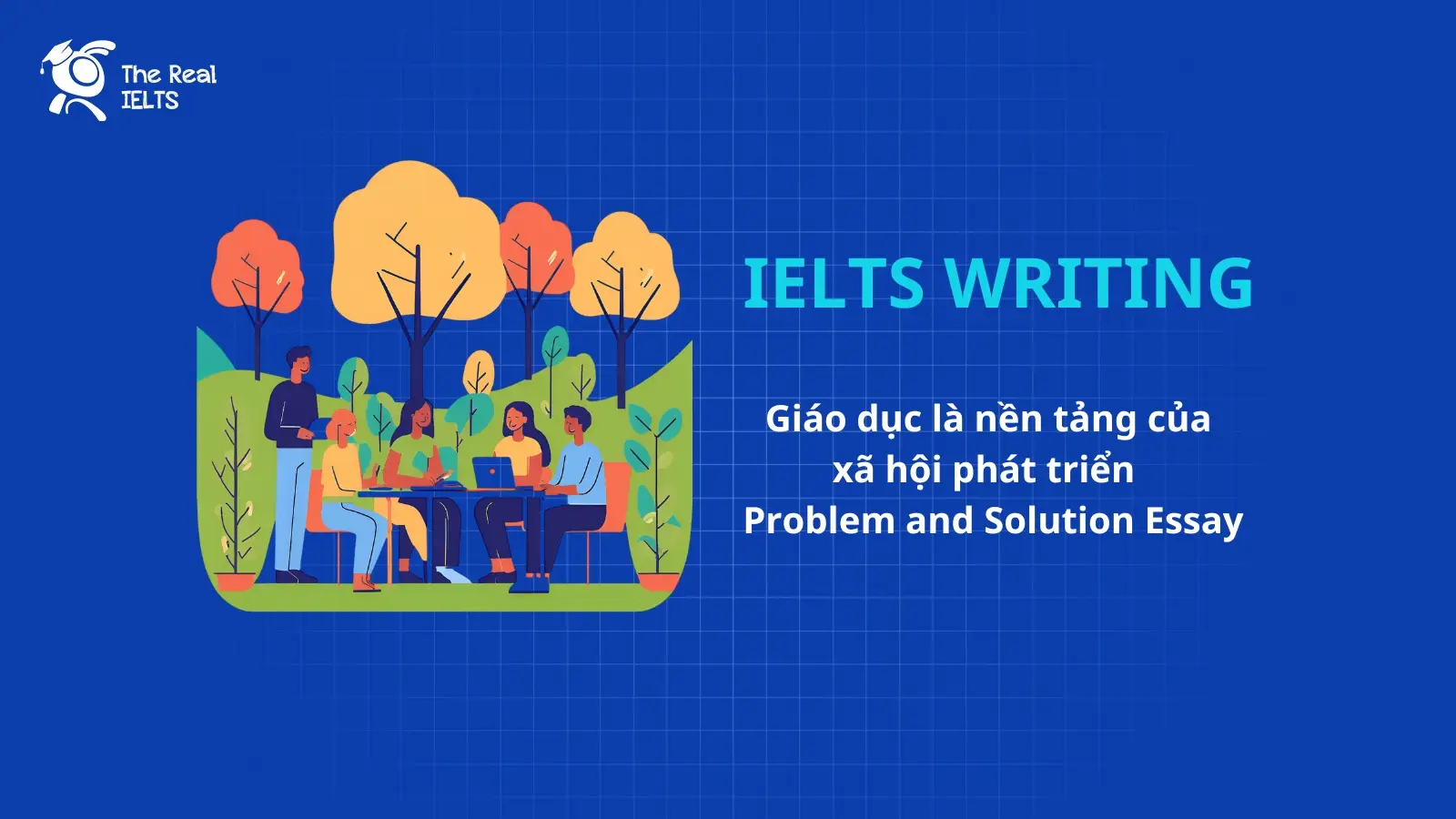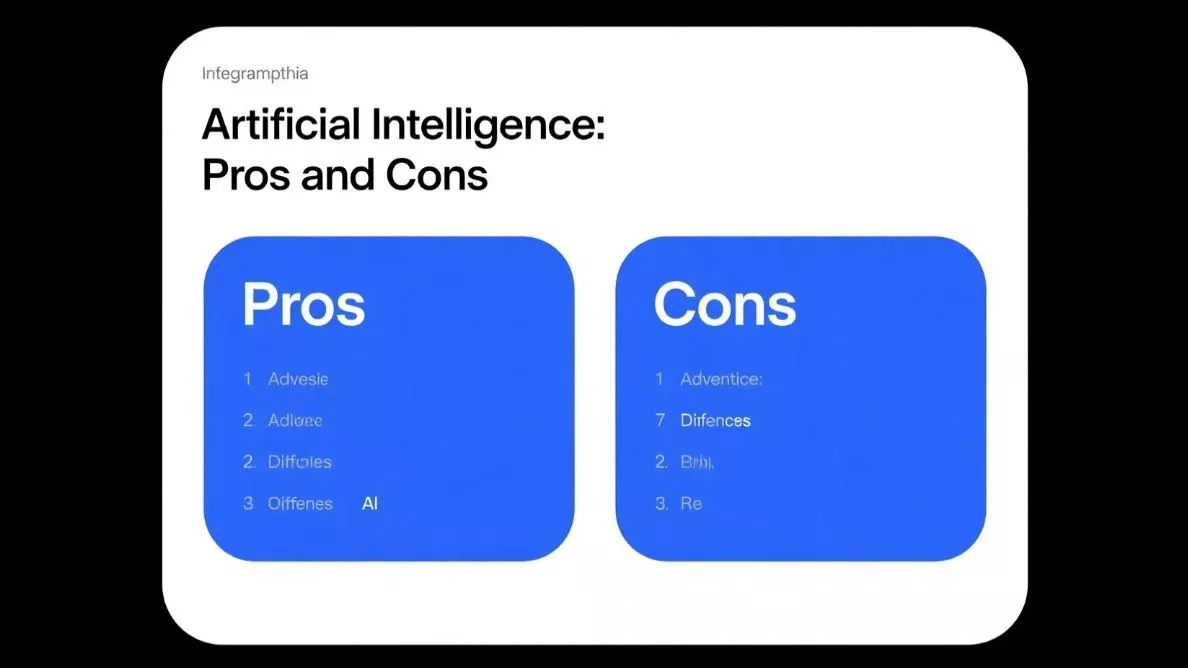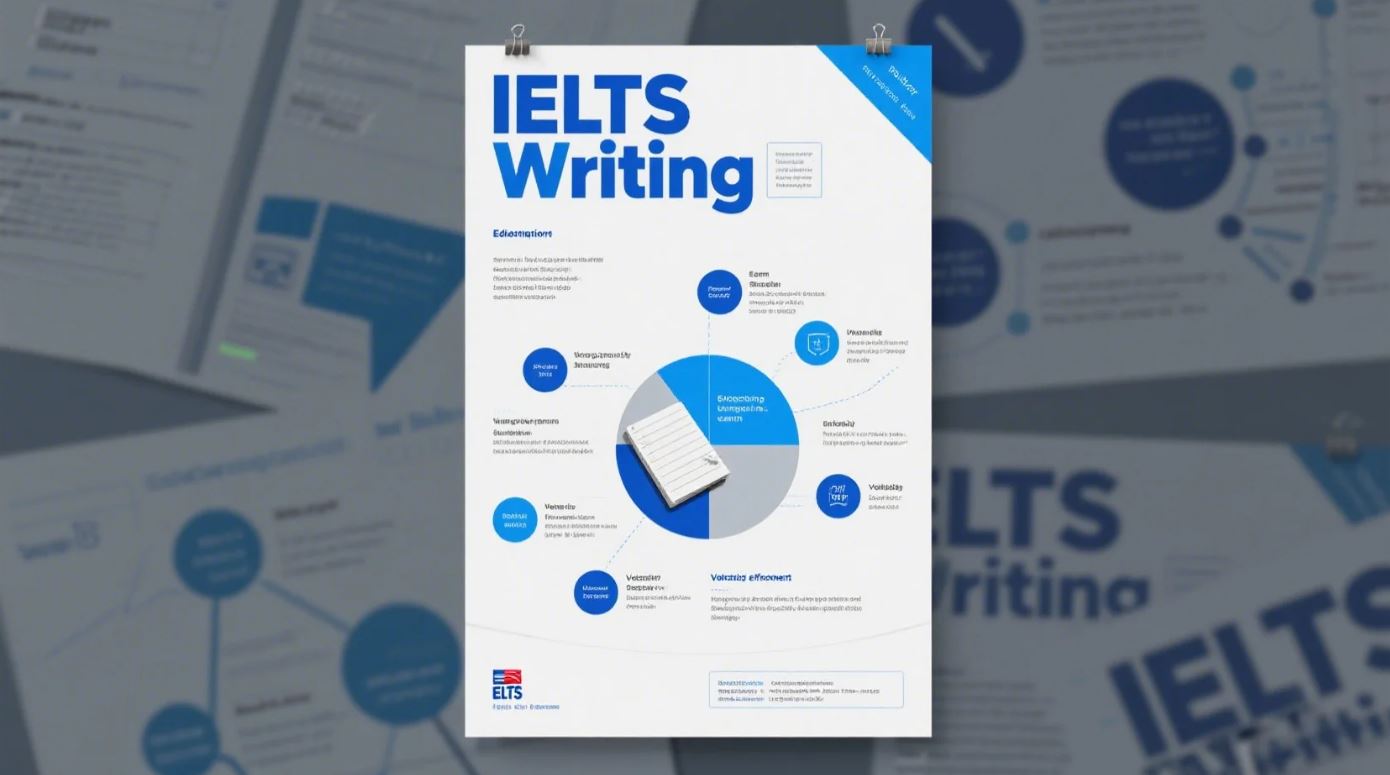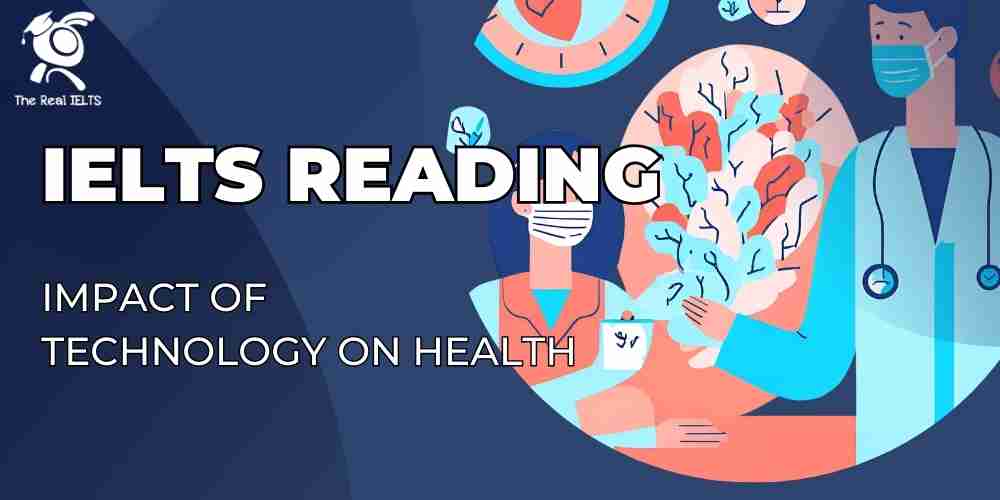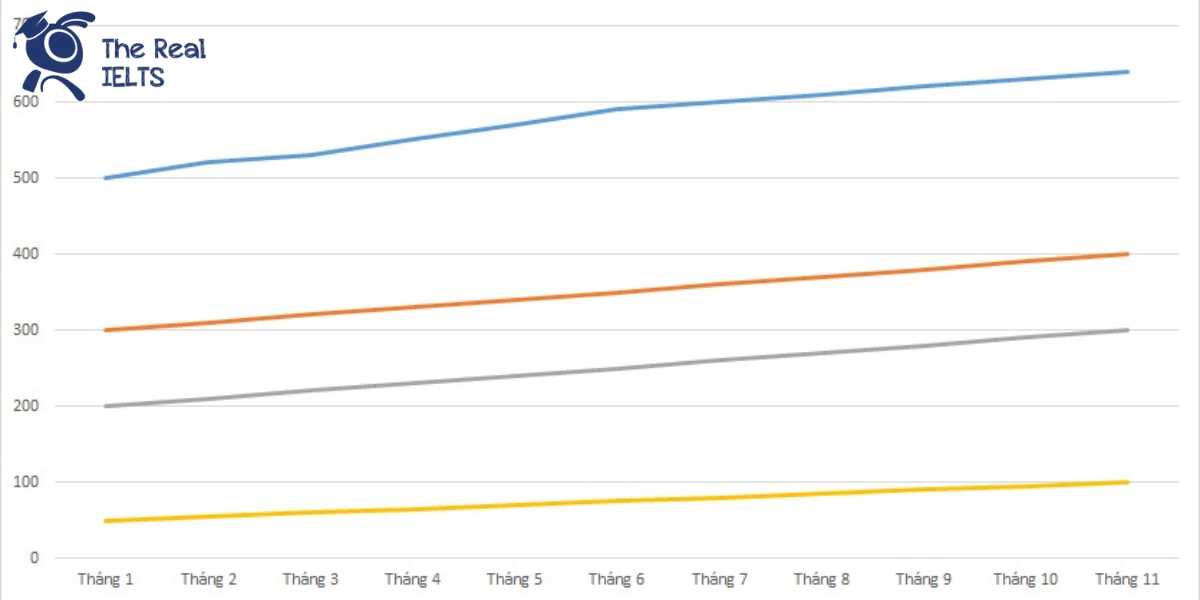Đạt điểm cao trong IELTS Writing Task 2 dạng Problem & Solution Essay với chủ đề “Giáo dục và sự phát triển xã hội”. Tìm hiểu cách xác định vấn đề, đề xuất giải pháp, và viết bài thuyết phục.
Tìm hiểu thêm: IELTS Writing Task 2: Giáo dục là nền tảng của xã hội phát triển – Advantage and Disadvantage Essay
Đề bài IELTS Writing Task 2: Giáo dục là nền tảng của xã hội phát triển – Problem and Solution Essay
Although education is considered the foundation of a developed society, many countries still face challenges in providing quality education for all. What are the problems associated with this issue, and what solutions can be implemented?
Câu trả lời 1
While education is widely recognized as crucial for societal development, numerous countries grapple with providing quality education for all citizens. This essay will examine the key problems hindering universal access to quality education and propose potential solutions to address these challenges.
Problems:
- Inadequate Funding: Many nations, particularly developing countries, allocate insufficient funds to education. This leads to overcrowded classrooms, a shortage of qualified teachers, and a lack of essential resources like textbooks and technology.
- Inequality of Access: Disparities based on socioeconomic status, gender, geographic location, and disability often create significant barriers to educational access. Marginalized communities frequently lack access to quality schools and educational opportunities.
- Lack of Qualified Teachers: A shortage of well-trained and qualified teachers, particularly in underserved areas, significantly impacts the quality of education. Inadequate teacher training and low salaries can exacerbate this problem.
- Irrelevant Curriculum: Outdated or irrelevant curricula that fail to meet the needs of the 21st-century job market can hinder the effectiveness of education. A lack of emphasis on critical thinking, problem-solving, and vocational skills further compounds this issue.
- Lack of Infrastructure: Many schools, especially in rural or impoverished areas, lack basic infrastructure like proper classrooms, libraries, and sanitation facilities. This creates an unfavorable learning environment and can negatively impact student attendance and performance.
- Political Instability and Conflict: In regions affected by conflict or political instability, education systems are often disrupted, leading to school closures and displacement of students and teachers.
Solutions:
- Increased Investment: Governments must prioritize education and allocate a larger portion of their budgets to improve educational infrastructure, recruit and train qualified teachers, and provide essential resources for all schools.
- Addressing Inequality: Targeted interventions are needed to address disparities in educational access. Scholarships, financial aid, and transportation assistance can help ensure that marginalized communities have equal opportunities.
- Improving Teacher Training and Development: Investing in high-quality teacher training programs and offering competitive salaries can attract and retain talented educators. Ongoing professional development opportunities can help teachers stay up-to-date with the latest teaching methodologies and technologies.
- Curriculum Reform: Curricula should be regularly reviewed and updated to ensure relevance to the current job market and societal needs. Emphasis should be placed on developing critical thinking, problem-solving, and vocational skills.
- Community Involvement: Engaging parents and community members in the educational process can improve school governance, increase parental support, and create a more conducive learning environment.
- Utilizing Technology: Integrating technology into education can enhance learning outcomes, provide access to educational resources for remote areas, and personalize learning experiences.
- International Cooperation: Developed countries can support developing nations through financial aid, technical assistance, and knowledge sharing to improve educational systems and promote universal access to quality education.
By addressing these problems through a combination of increased investment, targeted interventions, and comprehensive reforms, countries can move closer to achieving the goal of quality education for all, thereby laying a strong foundation for sustainable and equitable societal development.
Câu trả lời 2
Education is widely recognized as the foundation of a developed society, yet many countries struggle to ensure quality education for all citizens. Various economic, social, and political barriers hinder educational access and effectiveness. This essay will explore the key problems associated with this issue and suggest possible solutions to address them.
Problems Associated with Providing Quality Education
One of the primary challenges is the lack of funding for education, particularly in developing countries. Insufficient government investment leads to poorly equipped schools, low teacher salaries, and inadequate learning materials. As a result, students receive substandard education, limiting their future opportunities.
Another major issue is the shortage of qualified teachers. Many countries face difficulties in attracting and retaining skilled educators due to low wages, heavy workloads, and poor working conditions. This affects the quality of instruction and student performance.
Additionally, socioeconomic disparities create unequal access to education. Children from low-income families, rural areas, or marginalized communities often lack access to proper schooling due to financial constraints, long travel distances, or social discrimination. Girls, in particular, face additional challenges in some societies due to cultural norms and gender biases.
Furthermore, outdated curricula and teaching methods fail to prepare students for the modern workforce. Many education systems emphasize rote memorization rather than critical thinking, creativity, and practical skills, making it difficult for graduates to compete in today’s job market.
Solutions to Improve Quality Education
To address these issues, governments should prioritize increased funding for education. Investing in school infrastructure, teacher salaries, and learning resources can enhance the overall quality of education and ensure that all students receive adequate support.
Improving teacher training and working conditions is another essential step. Providing competitive salaries, continuous professional development programs, and better working environments can attract and retain skilled educators, ultimately benefiting student learning outcomes.
Moreover, ensuring equal access to education requires targeted policies. Scholarships, free school meals, and transportation support can help children from disadvantaged backgrounds attend school regularly. Additionally, governments should implement policies to promote gender equality in education, ensuring that girls have the same opportunities as boys.
Finally, modernizing curricula and adopting innovative teaching methods can better prepare students for the future. Integrating technology, vocational training, and problem-solving skills into the education system can make learning more relevant and effective in a rapidly changing world.
In conclusion, despite education being the cornerstone of a developed society, many countries still struggle with inadequate funding, teacher shortages, social inequalities, and outdated curricula. However, by increasing investment, improving teacher training, ensuring equal access, and modernizing educational approaches, governments can create a more inclusive and effective education system. Ensuring quality education for all is essential for long-term societal development and progress.
Câu trả lời 3
Education is often regarded as the foundation of a developed society, yet many countries face significant challenges in providing quality education for all. These issues, ranging from inadequate resources to social inequalities, hinder societal progress. This essay will discuss the problems associated with this issue and propose potential solutions.
Problems associated with providing quality education for all:
One major issue is the lack of funding for education systems, particularly in developing countries. Insufficient financial resources lead to poorly equipped schools, untrained teachers, and overcrowded classrooms. For instance, in many rural areas, children may lack basic learning materials, such as textbooks and computers, which are essential for modern education. This deprives students of opportunities to acquire critical skills and knowledge.
Another problem is the inequality in access to education. Marginalized groups, such as girls, ethnic minorities, and children with disabilities, often face significant barriers to attending school. Cultural norms, poverty, and discriminatory practices exacerbate this inequality, leading to lower enrollment rates and perpetuating cycles of disadvantage. For example, in some regions, girls are expected to perform household duties instead of pursuing education, which limits their future prospects.
Finally, outdated curricula and teaching methods also pose challenges. In many countries, education systems focus heavily on rote memorization rather than critical thinking and practical skills. This creates a disconnect between what students learn in school and the skills needed in the modern workforce, resulting in underemployment and economic inefficiency.
Solutions to address these challenges:
To tackle the lack of funding, governments and international organizations should prioritize education in their budgets and allocate resources more effectively. Public-private partnerships can also help bridge funding gaps by involving businesses in supporting schools and providing scholarships. For example, multinational corporations could sponsor STEM programs in underserved areas, equipping students with skills for high-demand careers.
Addressing inequality requires targeted policies to remove barriers for marginalized groups. Governments should enforce laws mandating equal access to education and invest in initiatives such as building schools in remote areas, providing free transportation, and offering incentives for families to send their children to school. Additionally, community awareness campaigns can help shift cultural attitudes that discourage education for certain groups, such as girls.
To modernize curricula and teaching methods, education systems should focus on fostering critical thinking, creativity, and problem-solving skills. Training programs for teachers can ensure they are equipped with modern pedagogical techniques. Incorporating technology, such as online learning platforms, can also enhance the accessibility and quality of education, particularly in regions with a shortage of skilled educators.
Providing quality education for all is essential for societal progress but remains a significant challenge due to issues such as inadequate funding, inequality, and outdated teaching methods. By increasing investments, promoting inclusivity, and modernizing education systems, governments and stakeholders can overcome these challenges and ensure that every child has the opportunity to thrive.
Câu trả lời 4
Education is widely regarded as the foundation of a developed society, yet many countries continue to struggle with providing quality education for all. Several factors contribute to this issue, including financial constraints, lack of infrastructure, and social inequalities. This essay will discuss these challenges and propose possible solutions to improve access to quality education worldwide.
Problems Associated with Providing Quality Education for All
One major challenge is inadequate funding for education, particularly in developing countries. Limited financial resources result in poorly equipped schools, a shortage of qualified teachers, and insufficient learning materials. As a result, students in underprivileged areas often receive substandard education, which affects their future prospects.
Another significant issue is the lack of educational infrastructure, such as schools, libraries, and technology. In rural and remote areas, students may have to travel long distances to attend school, leading to high dropout rates. Additionally, the absence of digital resources and internet access further widens the educational gap, especially in an era where technology plays a crucial role in learning.
Social and economic inequalities also contribute to disparities in education. Children from low-income families often struggle to access quality education due to financial barriers, such as tuition fees and the cost of school supplies. Moreover, gender discrimination and cultural norms in certain regions prevent girls from receiving the same educational opportunities as boys.
Solutions to Improve Access to Quality Education
To address these challenges, governments should increase investment in education by allocating more funds to teacher training, school infrastructure, and educational resources. International organizations and NGOs can also play a vital role in supporting underfunded education systems through financial aid and development programs.
Furthermore, improving access to digital education can help bridge the gap between urban and rural students. Governments should invest in affordable internet access, online learning platforms, and technology-driven teaching methods to make education more inclusive and accessible.
Lastly, policies that promote equal educational opportunities for all social groups must be implemented. This includes providing scholarships for disadvantaged students, enforcing laws against gender discrimination in education, and raising awareness about the importance of schooling in underserved communities.
Conclusion
In conclusion, while many countries face significant challenges in providing quality education for all, these issues can be addressed through increased government funding, technological advancements, and policies promoting equal access to education. A collective effort from governments, organizations, and communities is essential to ensure that education remains a fundamental pillar of societal development.
Câu trả lời 5
Education is widely regarded as the foundation of a developed society, yet many countries continue to struggle with ensuring quality education for all. Various challenges, such as inadequate funding, lack of infrastructure, and social inequalities, hinder progress in this area. This essay will explore the key problems associated with providing quality education and suggest possible solutions.
Problems Associated with Quality Education
One major issue is insufficient funding for education, particularly in developing countries. Many governments allocate limited resources to schools, resulting in outdated teaching materials, poorly trained teachers, and inadequate facilities. This lack of investment directly affects students’ learning outcomes and limits their future opportunities.
Another significant problem is inequality in access to education. Factors such as poverty, gender discrimination, and geographical barriers prevent many children from receiving a proper education. For example, in rural areas, schools are often located far from students’ homes, making it difficult for them to attend regularly. Additionally, in some cultures, girls face social restrictions that discourage them from pursuing education.
Furthermore, outdated curricula and ineffective teaching methods pose challenges to providing quality education. Many education systems fail to adapt to modern needs, leaving students unprepared for the demands of the job market. The lack of emphasis on critical thinking, digital literacy, and practical skills further exacerbates this issue.
Solutions to Improve Quality Education
To address these challenges, governments should increase investment in education. Allocating more funds to build schools, improve teacher training programs, and provide modern learning resources can significantly enhance the quality of education. Additionally, international organizations and private sectors can contribute by funding educational initiatives and scholarship programs.
Ensuring equal access to education is also crucial. Governments and NGOs should implement policies that support underprivileged communities, such as offering free school meals, providing transportation for students in remote areas, and promoting gender equality in education. Online learning platforms can also be used to bridge the gap for students who lack access to traditional classrooms.
Moreover, education systems need to be reformed to meet modern demands. Curricula should be updated to include subjects such as technology, entrepreneurship, and problem-solving skills. Teachers should also receive regular training to adopt innovative teaching methods that engage students effectively.
Conclusion
In conclusion, while education is fundamental to societal development, challenges such as insufficient funding, inequality, and outdated curricula hinder its effectiveness. By increasing investment, ensuring equal access, and modernizing teaching methods, countries can improve the quality of education and create a more knowledgeable and skilled population, ultimately driving sustainable development.
Câu trả lời 6
Education is widely regarded as the foundation of a developed society, yet many countries still struggle to ensure access to quality education for all. Various social, economic, and infrastructural barriers hinder the effectiveness of educational systems. This essay will explore the key challenges associated with this issue and suggest potential solutions.
Problems Associated with Providing Quality Education
One major challenge is the lack of adequate funding for education, particularly in developing countries. Insufficient financial resources lead to poorly maintained schools, a shortage of qualified teachers, and a lack of essential learning materials. This results in low educational standards and high dropout rates, especially in rural and underprivileged areas.
Another significant issue is the inequality in education. Children from low-income families, marginalized communities, and conflict-affected regions often have limited access to schooling. Gender disparities also persist in some cultures, where girls are denied the right to education due to traditional beliefs or economic constraints.
Furthermore, outdated curricula and teaching methods fail to equip students with the skills needed for the modern workforce. Many education systems focus on rote learning rather than critical thinking, creativity, and problem-solving, leaving graduates unprepared for evolving job markets.
Solutions to Improve Quality Education
To address the issue of inadequate funding, governments should allocate a higher percentage of their budgets to education. International organizations and private sector investments can also help improve school infrastructure, teacher training, and the availability of learning resources.
Reducing inequality in education requires targeted policies such as scholarship programs, free school meals, and transport assistance for disadvantaged students. Additionally, promoting inclusive education by addressing gender discrimination and ensuring access for children with disabilities can create equal opportunities for all.
To modernize education, curricula should be updated to include digital literacy, practical skills, and vocational training. Governments and educational institutions should also integrate technology into classrooms, providing students with access to online learning resources and interactive teaching methods.
While challenges in providing quality education persist, solutions such as increased funding, inclusive policies, and modernized curricula can significantly improve educational systems. Ensuring quality education for all is essential for societal development, and a collective effort from governments, organizations, and communities is necessary to overcome these obstacles.
Câu trả lời 7
Although education is widely recognized as the foundation of a developed society, many countries still struggle to ensure equal access to quality education for all. Various challenges, such as economic constraints, lack of infrastructure, and disparities in educational opportunities, hinder progress. This essay will discuss these problems and propose solutions to address them.
Problems Associated with Providing Quality Education
One major issue is the lack of funding for education, particularly in developing nations. Many governments allocate insufficient budgets for schools, resulting in inadequate facilities, outdated learning materials, and low teacher salaries. This leads to overcrowded classrooms and poorly trained educators, which negatively impact the quality of education.
Another significant challenge is inequality in educational access. Children from rural or low-income backgrounds often face barriers such as long travel distances to schools, high tuition fees, or the need to work to support their families. Gender disparities also persist in some societies, where girls receive fewer educational opportunities than boys due to cultural or financial constraints.
Furthermore, the rapid advancement of technology has created a digital divide. In many regions, students lack access to computers and the internet, preventing them from benefiting from online learning resources. The COVID-19 pandemic further highlighted this issue, as millions of students worldwide struggled with remote learning due to inadequate digital infrastructure.
Solutions to Improve Education Accessibility and Quality
To address these challenges, governments must prioritize education funding. Increased investment in school infrastructure, teacher training, and learning materials can significantly enhance educational quality. Scholarships and financial aid programs should also be expanded to support students from disadvantaged backgrounds.
Additionally, policies should be implemented to ensure equal access to education. Governments and NGOs can establish more schools in rural areas and provide transportation assistance to students who live far from educational institutions. Promoting gender equality through awareness campaigns and legal frameworks can also help close the education gap for girls.
To bridge the digital divide, governments and private sectors should collaborate to provide affordable internet access and digital devices to underprivileged students. Schools can also integrate technology-based learning approaches to prepare students for the modern workforce.
Conclusion
While challenges in providing quality education persist, they can be overcome through strategic investments, inclusive policies, and technological advancements. Ensuring equitable access to education is essential for societal progress, as it empowers individuals and contributes to economic and social development. By implementing these solutions, nations can move closer to achieving universal education and sustainable growth.
Câu trả lời 8
Introduction:
While education is widely recognized as the foundation of a developed society, many countries continue to struggle with providing quality education for all citizens. This issue poses significant challenges that hinder national progress and social equity. This essay will discuss the key problems associated with providing quality education and suggest potential solutions to address them.
Body Paragraph 1: Problems Associated with Providing Quality Education
One major problem is the lack of funding and resources, particularly in developing countries. Many schools face shortages of qualified teachers, learning materials, and basic infrastructure such as classrooms, libraries, and technology. This results in overcrowded classrooms, outdated curricula, and limited access to modern educational tools, all of which negatively impact the quality of education.
Another significant issue is inequality in access to education. Children from rural areas, low-income families, and marginalized communities often face barriers such as long travel distances, high costs, and cultural or gender biases that prevent them from attending school regularly. For instance, in some regions, girls are still discouraged from pursuing education due to traditional beliefs.
Additionally, political instability and poor governance can further exacerbate the problem. In countries affected by conflict or corruption, education systems are often underfunded or mismanaged, leading to inconsistent quality and limited opportunities for students.
Body Paragraph 2: Solutions to Improve Quality Education for All
To address these challenges, governments should prioritize increased investment in education. Allocating more funds to build schools, train teachers, and provide modern learning materials can significantly improve the quality of education. Public-private partnerships can also play a role in funding and developing innovative educational programs.
Promoting equal access to education is another crucial solution. Governments and NGOs should implement policies that target disadvantaged groups, such as providing scholarships, free transportation, and school meals to students from low-income families. Additionally, awareness campaigns can help challenge cultural biases and encourage greater participation, especially for girls and marginalized communities.
Moreover, adopting technology in education can bridge gaps in access and quality. Online learning platforms and digital resources can reach remote areas, offering students opportunities to learn from qualified educators even when local resources are scarce. However, this requires investments in internet infrastructure and digital literacy programs.
Conclusion:
In conclusion, while many countries face challenges in providing quality education for all, these issues can be addressed through increased funding, equal access initiatives, and the integration of technology. By prioritizing education and implementing comprehensive solutions, societies can ensure that education remains the cornerstone of sustainable development and social progress.


